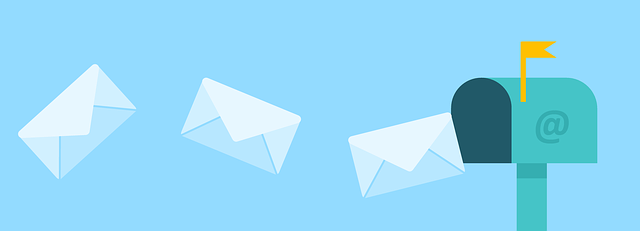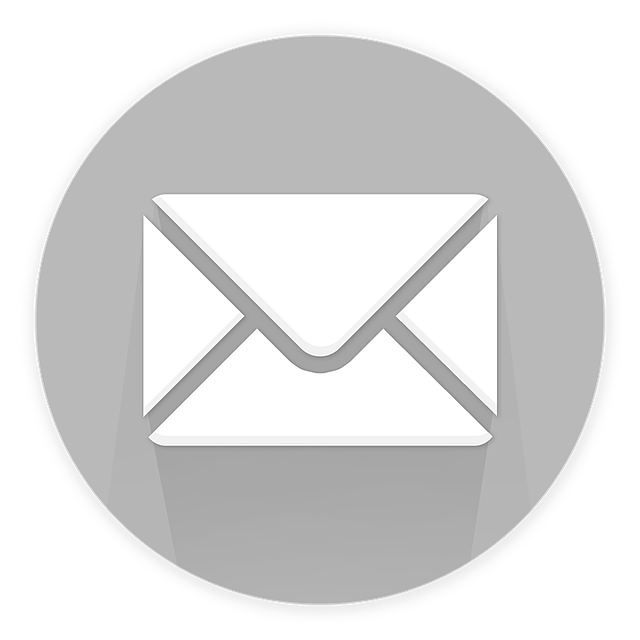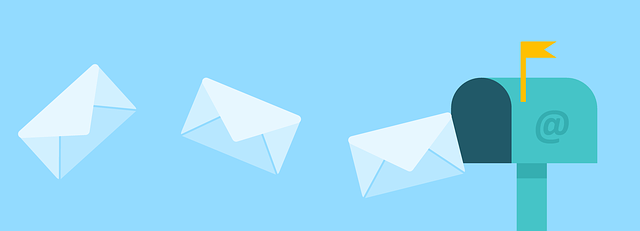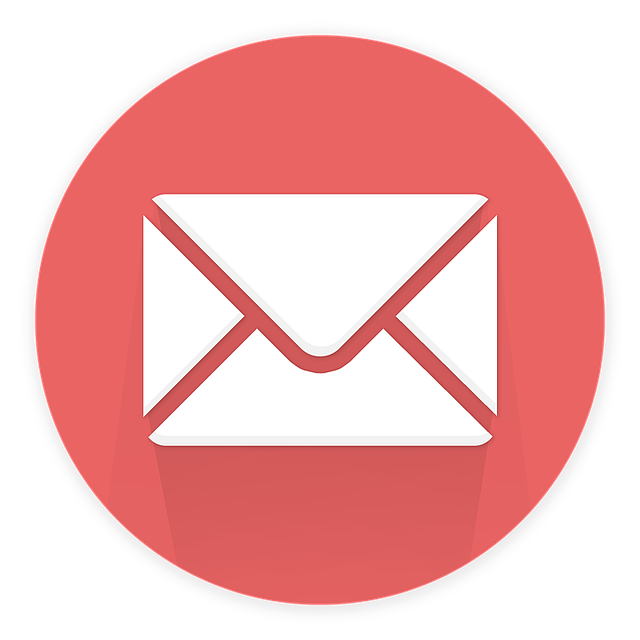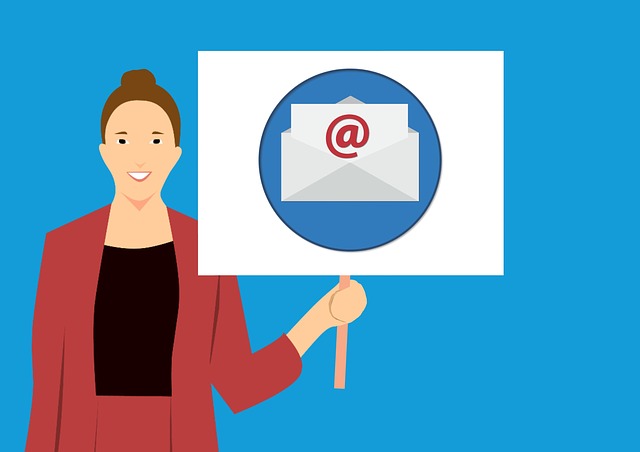So, you’ve decided to take on the challenge of email marketing for your nonprofit. You think, ‘How hard could it be? It’s just sending a few emails, right?’
Well, my friend, prepare to be pleasantly surprised. Email marketing for nonprofits is not just about sending a few generic messages. It’s about connecting with your audience, inspiring them to take action, and ultimately making a difference in the world.
But fear not! This beginner’s guide is here to help you navigate the world of nonprofit email marketing with ease. From building an email list to crafting compelling content, designing eye-catching templates to automating your campaigns, and measuring your success, we’ve got you covered.
So, let’s dive in and unleash the power of email marketing for your nonprofit. Get ready to make a splash and create a lasting impact!
Key Takeaways
- Building an email list is crucial for nonprofit email marketing and can be done through opt-in forms and incentives.
- Email segmentation helps tailor messages and increase engagement with the audience.
- Compelling content and catchy subject lines are important for keeping subscribers engaged and improving email open rates.
- Implementing best practices such as personalization, mobile-friendliness, and strong call to actions can enhance the effectiveness of nonprofit email marketing.
Building an Email List
If you want to effectively build an email list for your nonprofit, you’ll need to utilize various strategies. These strategies include creating compelling opt-in forms and offering valuable incentives to entice people to subscribe.
One important strategy is email segmentation. This involves dividing your email list into smaller, targeted groups based on specific criteria such as interests, demographics, or donation history. By doing this, you can tailor your messages and content to each group, increasing the chances of engagement and conversion.
Additionally, implementing enticing email opt-ins on your website, blog, and social media platforms can help attract potential subscribers. By providing valuable resources, exclusive content, or special offers, you can encourage people to sign up for your email list.
Once you have a solid email list, the next step is crafting compelling content that will keep your subscribers engaged and eager to support your cause.
Crafting Compelling Content
When it comes to creating engaging email content, it’s important to think outside the box and let your creativity shine.
The first step in crafting compelling emails is to create engaging subject lines that grab your reader’s attention. A catchy subject line can make all the difference in whether your email gets opened or goes straight to the trash folder.
Once you’ve enticed your reader to open your email, it’s important to keep them engaged throughout the content. Writing effective call to actions is key to driving your readers to take the desired action, whether it’s making a donation, signing a petition, or volunteering their time. By using clear and persuasive language, you can motivate your readers to take action and support your cause.
Now that you’ve mastered the art of crafting compelling content, it’s time to move on to designing eye-catching templates that will further enhance your email marketing efforts.
Designing Eye-Catching Templates
Creating visually stunning templates can captivate your audience, leaving a lasting impression that inspires them to engage with your organization. When designing email templates for your nonprofit, it’s crucial to create mobile-friendly designs.
With more people accessing emails on their smartphones, you want to ensure your templates are responsive and display properly on different devices. Additionally, using personalization techniques can make your emails feel more tailored to each recipient. Addressing your supporters by name and including personalized content based on their previous interactions with your organization can greatly increase engagement.
By investing time and effort into designing eye-catching templates, you can create a visually appealing and personalized experience for your audience. Now that you have captivating templates, let’s explore how automating your email campaigns can further enhance your nonprofit’s outreach efforts.
Automating Your Email Campaigns
Boost your nonprofit’s outreach efforts by streamlining your email campaigns with automation. This allows you to effortlessly connect with your audience and symbolically spread your mission to make a greater impact.
Automation brings numerous benefits to your email marketing strategy, improving personalization and optimizing email delivery. By automating your campaigns, you can send personalized emails based on your subscribers’ preferences and behaviors, making them more likely to engage with your content.
Additionally, automation ensures timely delivery, increasing the chances of your emails being seen and acted upon. With automated email campaigns, you can schedule emails in advance, saving time and effort. Furthermore, you can set up triggers to automatically send emails based on specific actions or events, nurturing relationships with your supporters.
As you streamline your email campaigns with automation, you can measure your email marketing success and make informed decisions about your next steps.
Measuring Email Marketing Success
Are your email campaigns effectively reaching your target audience?
Tracking email open rates, analyzing click-through rates, and monitoring conversion rates are essential for measuring the success of your email marketing efforts.
By keeping a close eye on these key metrics, you can gain valuable insights into the effectiveness of your campaigns and make data-driven decisions to optimize your email marketing strategy.
Don’t miss out on the opportunity to maximize your nonprofit’s impact – start measuring your email marketing success today.
Tracking Email Open Rates
One of the most exciting aspects of email marketing is seeing how many people have actually opened your emails. Tracking email open rates is crucial for measuring the success of your email campaigns. It helps you gauge the effectiveness of your email deliverability and the impact of your subject lines. By analyzing open rates, you can identify trends and patterns that can guide you in improving your email marketing strategy.
To help you understand the importance of tracking email open rates, let’s take a look at the following table:
| Email Subject Line | Open Rate |
|---|---|
| "Join us for a cause" | 25% |
| "Last chance to donate" | 40% |
| "Exciting updates ahead" | 35% |
As you can see, subject lines play a significant role in email open rates. By experimenting with different subject lines, you can increase your open rates and engage more supporters.
Now that you know how to track email open rates, let’s move on to analyzing click-through rates to further optimize your email marketing efforts.
Analyzing Click-Through Rates
Now that you know how to track email open rates, let’s dive into analyzing click-through rates. This is an essential step in understanding your audience’s engagement with your emails. By analyzing click-through rates, you can identify which links are performing well and which ones need improvement. This information allows you to optimize your email content and layout to drive better engagement and achieve your nonprofit’s goals.
To improve engagement, start by optimizing your subject lines. A compelling subject line can significantly increase your click-through rates. Make sure your subject lines are concise, personalized, and create a sense of urgency or curiosity.
Additionally, consider the placement and visibility of your call-to-action buttons or links within your emails. Experiment with different designs, colors, and text to make them more prominent and enticing.
Now, let’s move on to monitoring conversion rates, where we’ll explore how to track the effectiveness of your email campaigns in driving desired actions.
Monitoring Conversion Rates
Let’s delve into how you can monitor conversion rates to gauge the effectiveness of your email campaigns in driving desired actions. Conversion rate optimization is a crucial aspect of email marketing for nonprofits.
By monitoring conversion rates, you can determine how successful your campaigns are at persuading recipients to take the desired action, such as making a donation or signing up for an event.
To improve conversion rates, try implementing A/B testing strategies. This involves sending two versions of an email to different segments of your audience and comparing the results. By testing different elements, such as subject lines, call-to-action buttons, or email designs, you can identify what resonates best with your audience and optimize your conversion rates.
Now, let’s move on to exploring the best practices for nonprofit email marketing, where you’ll learn even more strategies to boost engagement and drive meaningful actions.
Best Practices for Nonprofit Email Marketing
To optimize your nonprofit email marketing, make sure to follow these best practices for maximum impact and engagement.
Start by crafting engaging subject lines that grab your readers’ attention and entice them to open your emails.
Use personalization techniques to make your emails feel personalized and tailored to each individual recipient. Address them by their name and segment your email list based on their interests and preferences. This will make your emails more relevant and increase the chances of conversion.
Additionally, make sure your emails are mobile-friendly, as a large percentage of people read emails on their smartphones.
Keep your email content concise and to the point, using clear and compelling language.
Lastly, don’t forget to include a strong call to action that prompts your readers to take the desired action, whether it’s donating, volunteering, or spreading the word about your cause.
By implementing these best practices, you can significantly improve the effectiveness of your nonprofit email marketing campaign.
Frequently Asked Questions
How can I ensure that my nonprofit’s email list is GDPR compliant?
To ensure your nonprofit’s email list is GDPR compliant, follow best practices for email consent. Obtain explicit consent from individuals before adding them to your list and clearly explain how their data will be used. Implement double opt-in to confirm consent and provide easy opt-out options.
Regularly update and maintain your list, promptly removing any unsubscribed or inactive contacts. By adhering to these email list management practices, you can build a compliant and engaged audience for your nonprofit’s email marketing efforts.
Are there any tools or services available to help me automate my nonprofit’s email campaigns?
Looking to automate your nonprofit’s email campaigns? Email automation platforms are the secret weapon you need. Think of them as your trusty sidekick, tirelessly working behind the scenes to streamline your email marketing efforts.
These powerful tools enable you to schedule, personalize, and send targeted messages to your supporters with ease. The benefits of email marketing automation are endless, from saving time and increasing efficiency to nurturing donor relationships and driving engagement.
Get ready to take your nonprofit’s emails to the next level!
What are some effective strategies for segmenting my nonprofit’s email list?
To effectively manage your nonprofit’s email list, it’s crucial to implement targeted strategies. Start by segmenting your list based on various criteria, such as demographics, engagement levels, or donation history. This allows you to send personalized and relevant content to different groups, increasing the chances of engagement and conversions.
Additionally, consider using automation tools to streamline your email campaigns and ensure timely and consistent communication. By employing these email list management and targeting strategies, you can maximize the impact of your nonprofit’s email marketing efforts.
How can I optimize the deliverability of my nonprofit’s email marketing campaigns?
To optimize the deliverability of your nonprofit’s email marketing campaigns, there are a few email deliverability best practices you should follow.
First, maintain a clean and updated email list by regularly removing inactive and bouncing email addresses.
Second, personalize your emails and make sure they’re relevant to your recipients.
Lastly, avoid using spam trigger words and phrases in your subject lines and content to increase open rates.
By implementing these strategies, you can ensure your emails reach your audience’s inbox and maximize engagement.
Are there any legal considerations I should be aware of when conducting email marketing for my nonprofit?
When it comes to email marketing for your nonprofit, navigating the legal landscape is like traversing a winding road.
To ensure you stay on the right side of the law, remember these key legal requirements and best practices.
First, always obtain consent from your recipients before sending them emails.
Second, include a clear unsubscribe option and honor opt-out requests promptly.
Lastly, familiarize yourself with anti-spam laws, like the CAN-SPAM Act, to avoid any legal troubles.
By following these guidelines, you’ll protect your nonprofit’s reputation and build trust with your audience.
Conclusion
Congratulations! You now have all the tools you need to take your nonprofit email marketing to the next level.
By building a strong email list, crafting compelling content, designing eye-catching templates, automating your campaigns, and measuring your success, you are well on your way to reaching your goals.
But remember, success doesn’t happen overnight. It takes time, effort, and dedication to see results. So, keep refining your strategies, experimenting with new ideas, and never stop learning.
Soon, you’ll witness the power of email marketing as it helps your nonprofit thrive and make a lasting impact. Don’t wait, start implementing these techniques today and watch your organization soar to new heights!


